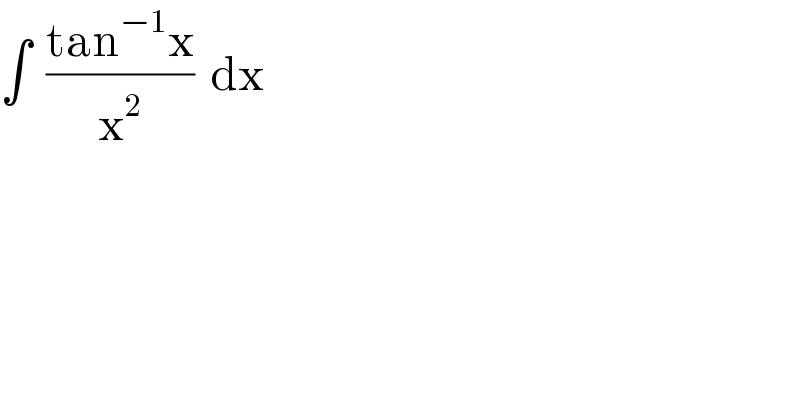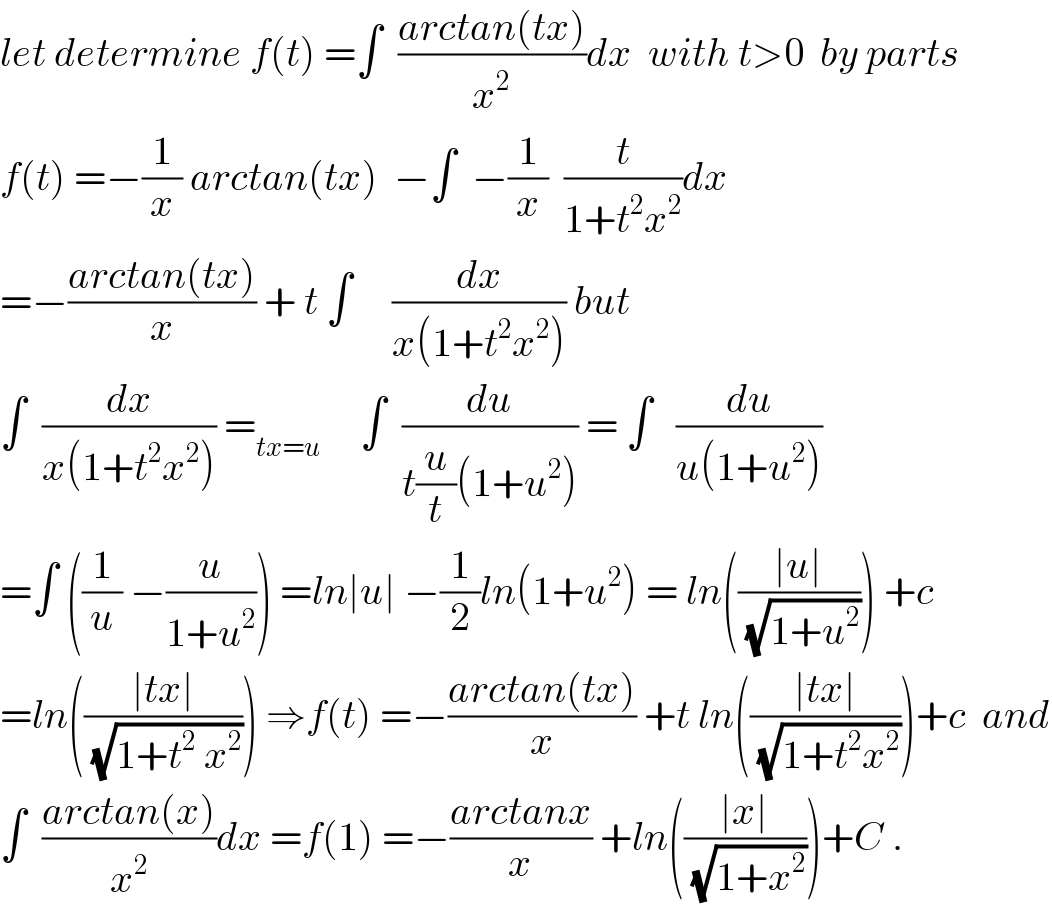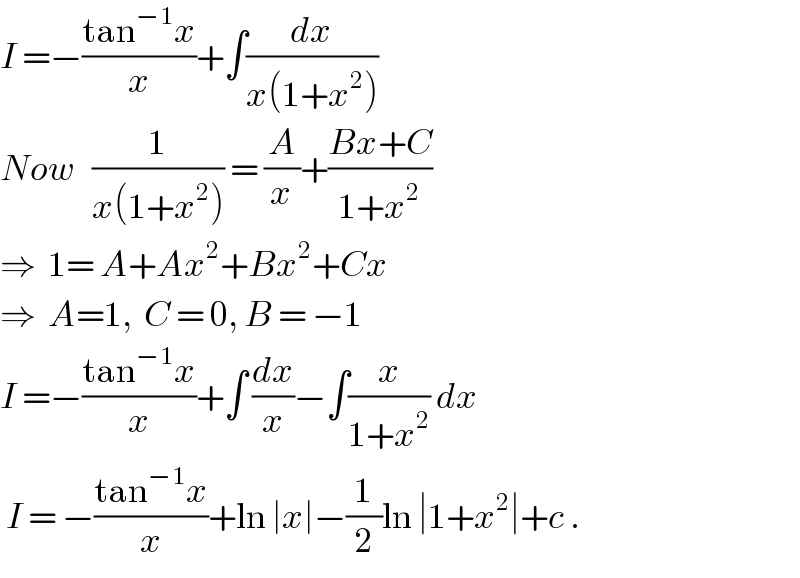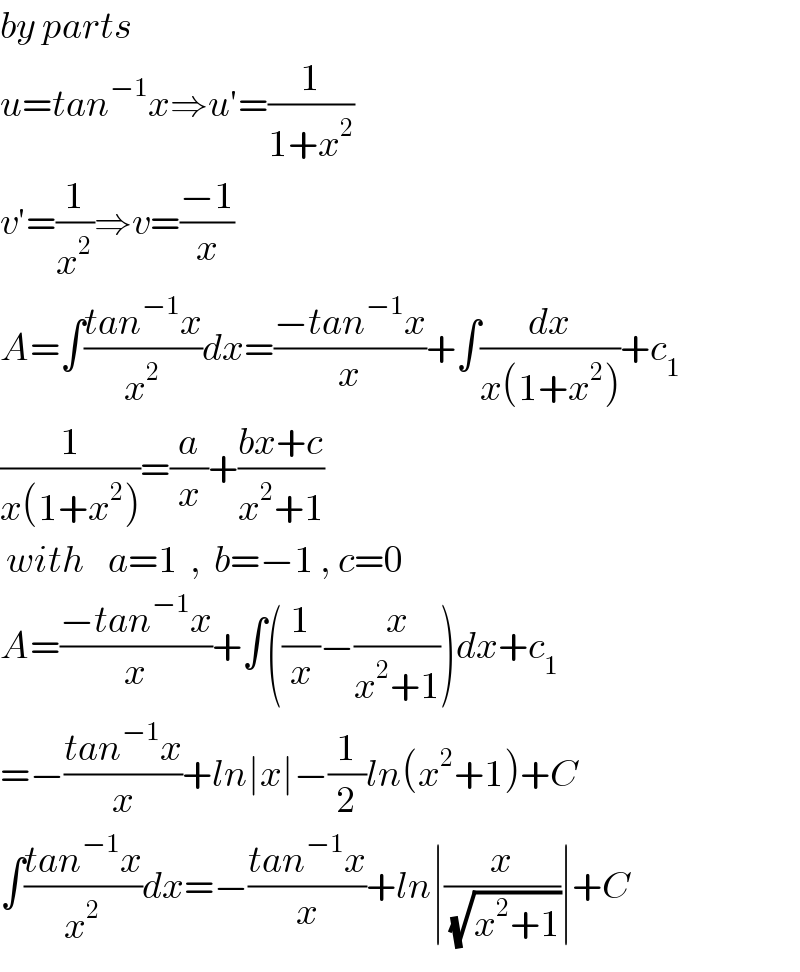
Question and Answers Forum
Question Number 51421 by Tawa1 last updated on 26/Dec/18

Commented by Tawa1 last updated on 27/Dec/18

Commented by maxmathsup by imad last updated on 26/Dec/18

Commented by Abdo msup. last updated on 30/Dec/18

Answered by ajfour last updated on 26/Dec/18

Commented by Tawa1 last updated on 26/Dec/18

Answered by Smail last updated on 26/Dec/18

Commented by Tawa1 last updated on 26/Dec/18

